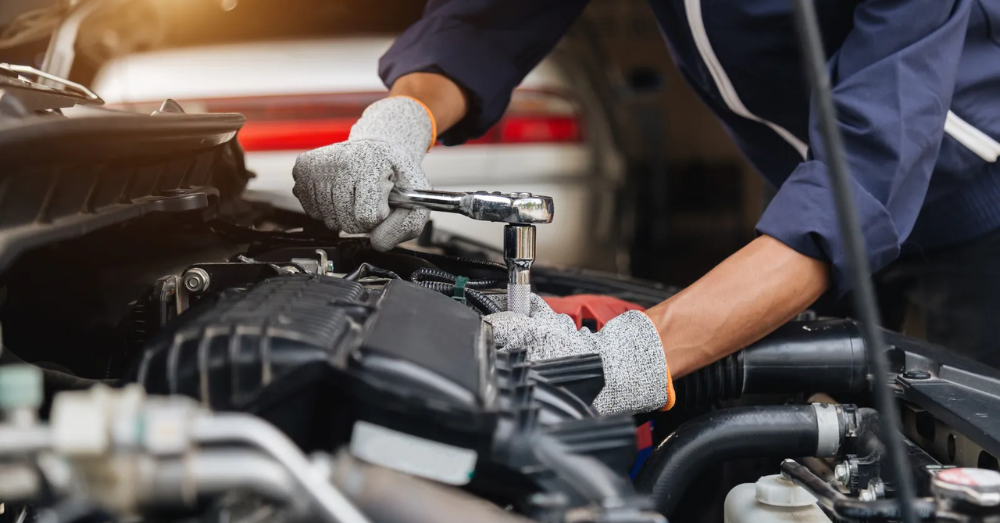An ounce of prevention is worth a pound of cure when it comes to keeping your vehicle running like new. Whether you own new vehicles or used cars, be sure to practice these good vehicle maintenance habits all year-’round.
Check Your Tires Regularly
Although it’s a simple task, checking your tire pressure regularly is the easiest way to make sure that there is enough air and that your tires are safe for you to drive on. Your vehicle’s manual should indicate your model’s tire pressure range. You can also find the tire pressure change on the side of your door as well. When you are checking your tire pressure, this is also a good time to do a visual inspection of any punctures. Additionally, make sure to rotate your tires every 7,000 miles or as recommended by your mechanic.
Keep Up with Your Oil Changes
Changing your oil regularly is key to making sure your vehicle is running as it should. Changing your oil every 7,500 to 10,000 miles is a maintenance habit you’ll want to keep up on whether you have got new or used cars. When you keep up with regular oil changes, you’ll keep your engine clean of any dirt and debris buildup and this allows the engine to function as it should without overheating.
When changing your oil, you can use either synthetic or conventional oil. Your vehicle’s manual and your regular mechanic can help you determine what type of oil your vehicle should use. Be sure to check your oil regularly with the dipstick to make sure fluids are where they need to be. You can always top off oil levels if need be.
Inspect Your Brakes
Brake maintenance is critical to having a safe running vehicle. While your mechanic will offer recommendations for brake replacements, there’s plenty you can do on your part. Check your brake fluids often, bleed the brake lines as directed by your owner manual, and of course, check brake pads and rotors regularly as well.
Don’t Ignore Your Timing Belt
One of the first major repairs you’ll likely experience with your vehicle is replacing the timing belt. The timing belt is a critical component of your vehicle’s powertrain because It helps coordinate pistons and valves. The timing belt should be inspected every year and replaced every 60,000 to 100,000 miles or as directed by your mechanic. If you hear clicking noises coming from your engine, notice that you’re often leaking oil, or have an engine that misfires, these could all be indications that it’s time to change your timing belt.
Keep Up with Your Vehicle Filters
Keeping your vehicle running as it should is just as important as keeping your vehicle as clean as possible. Your vehicle’s filters help with keeping your car’s components clean and you should inspect them regularly. These filters include your cabin air filter, your fuel filter, and your oil filter. Your oil filter should be replaced during every oil change or every other oil change. While your air cabin filter should be swapped or cleaned out every month or so to remove collected dust and debris.
Give Your Vehicle a Manual Clean Up
As important as it is to keep your vehicle’s powertrain components running like new, it’s equally important to keep the inside of your vehicle looking like now. At the end of every month, give the inside of your vehicle a deep clean. This means wiping down the seats, the dash, and getting all that nitty-gritty grand out of cup holders, storage compartments, and the many nooks and crannies of your car. Be sure that the cleaning agents you use are safe for your vehicle, especially if you are wiping down leather, or faux leather.
This post may contain affiliate links. Meaning a commission is given should you decide to make a purchase through these links, at no cost to you. All products shown are researched and tested to give an accurate review for you.

